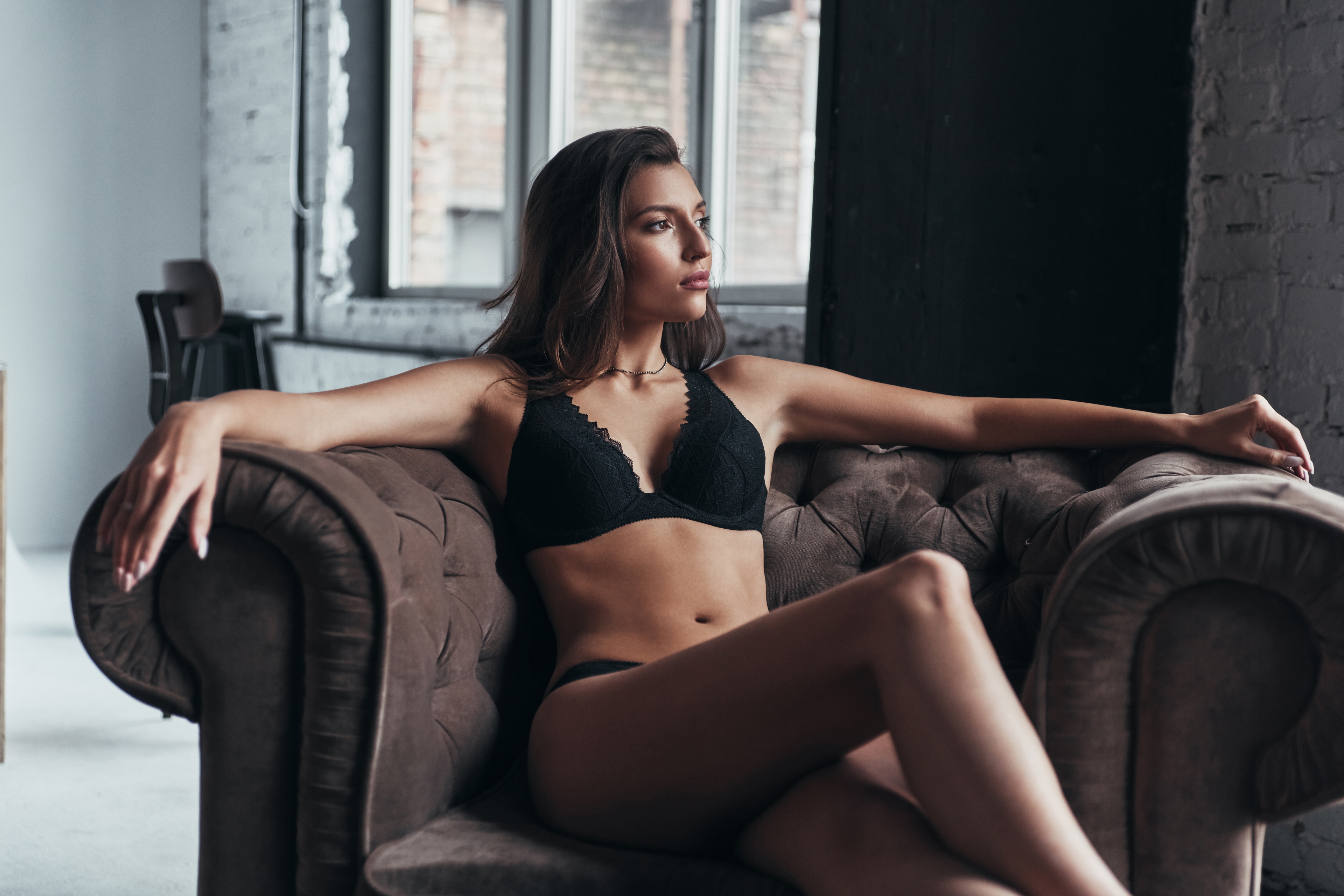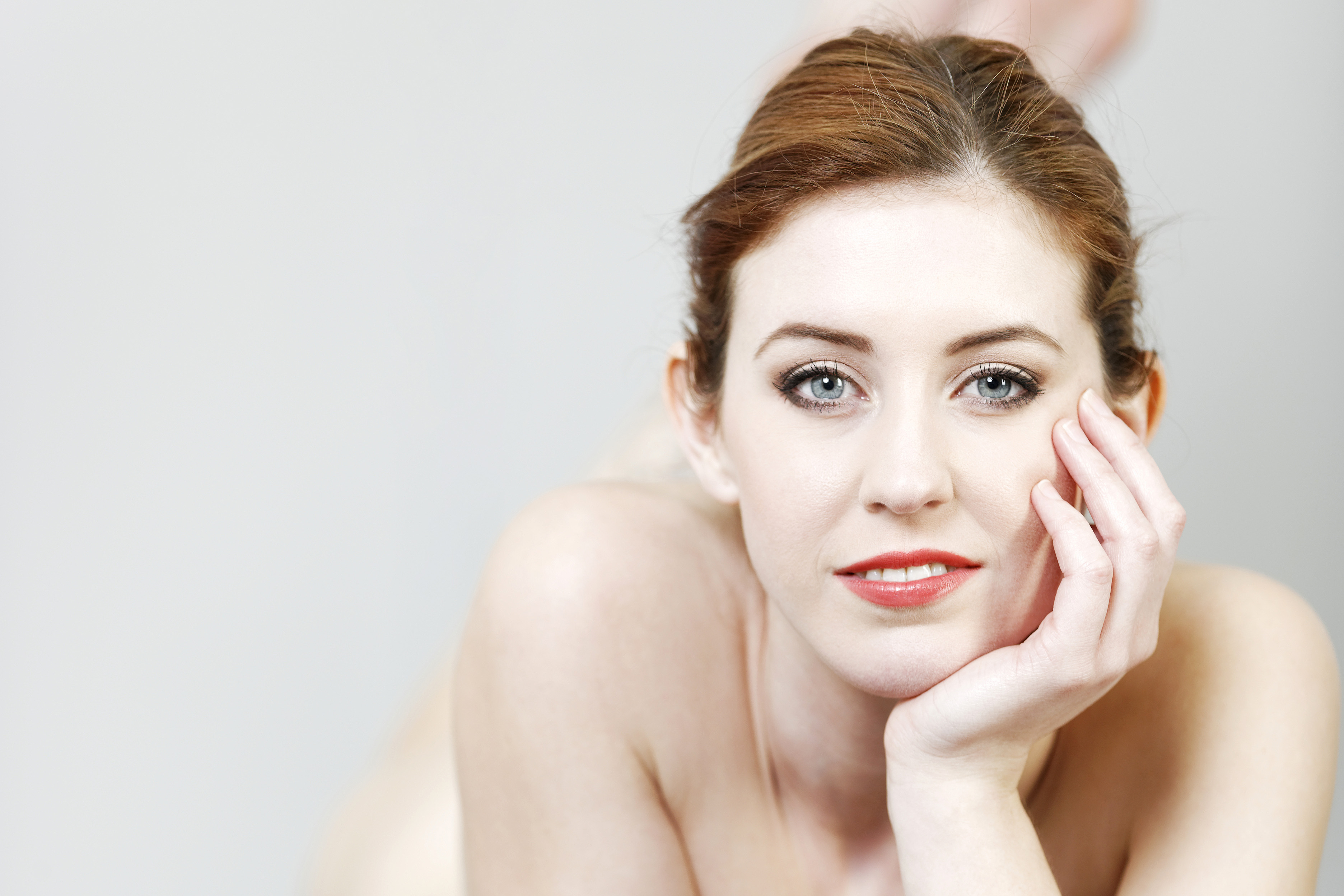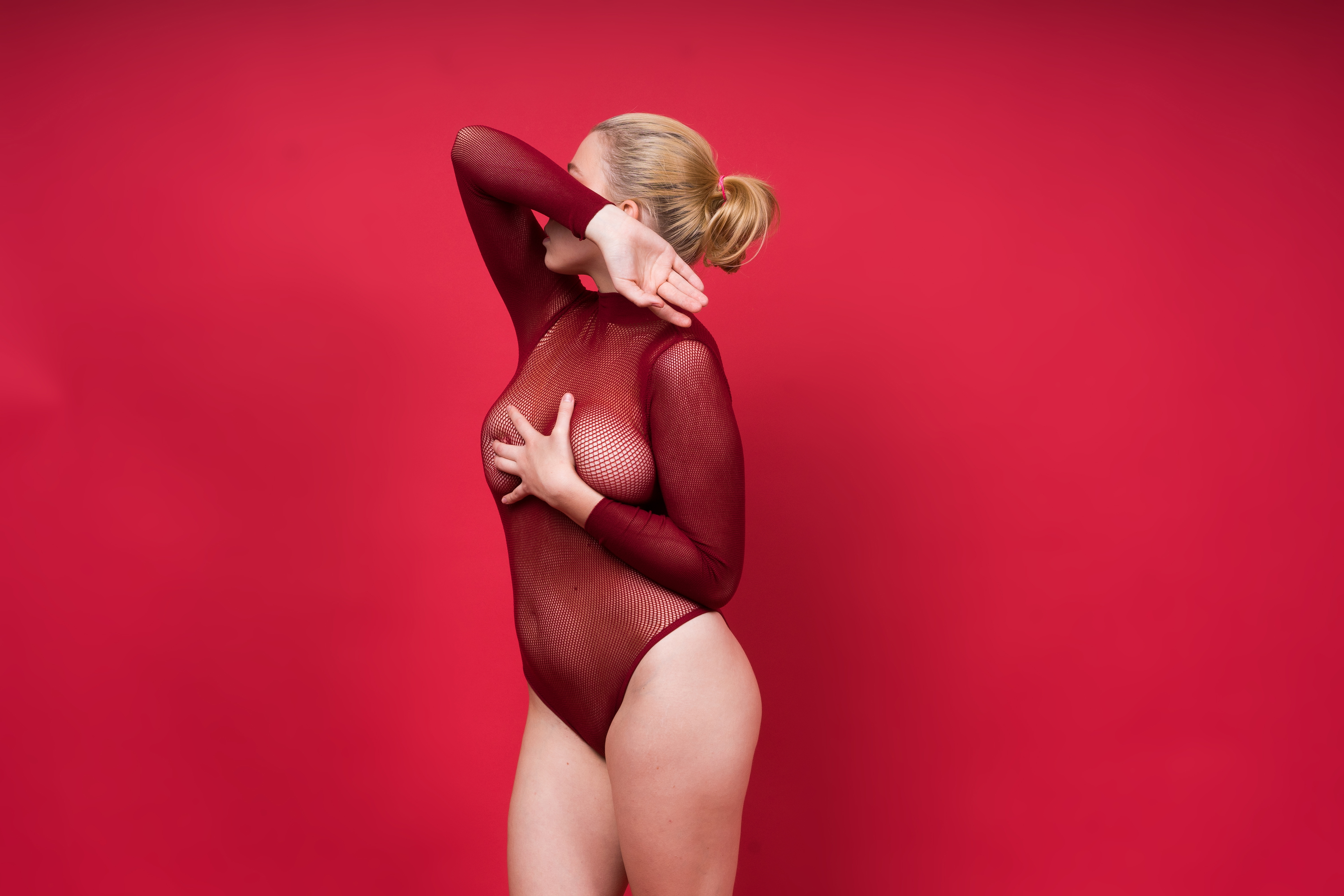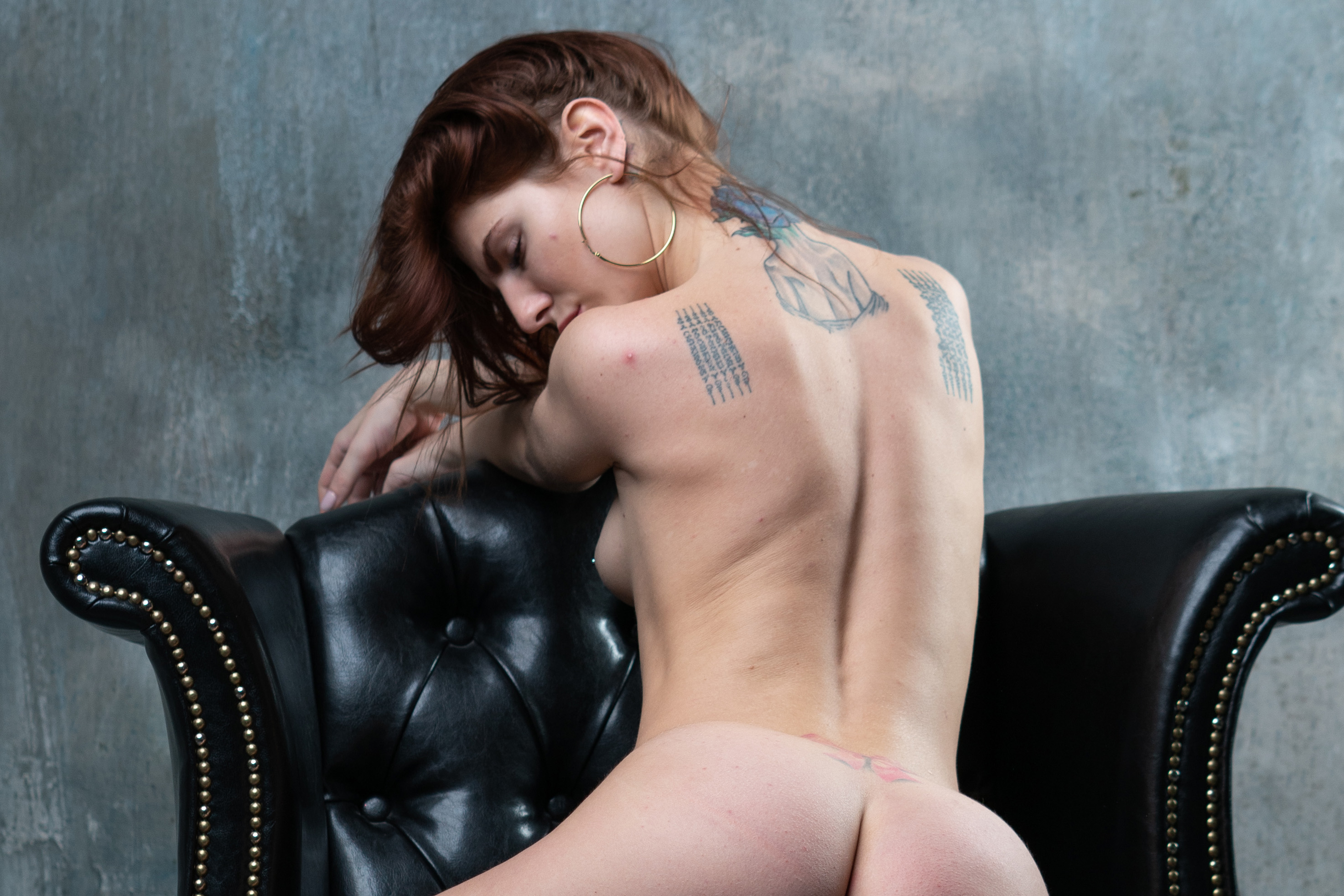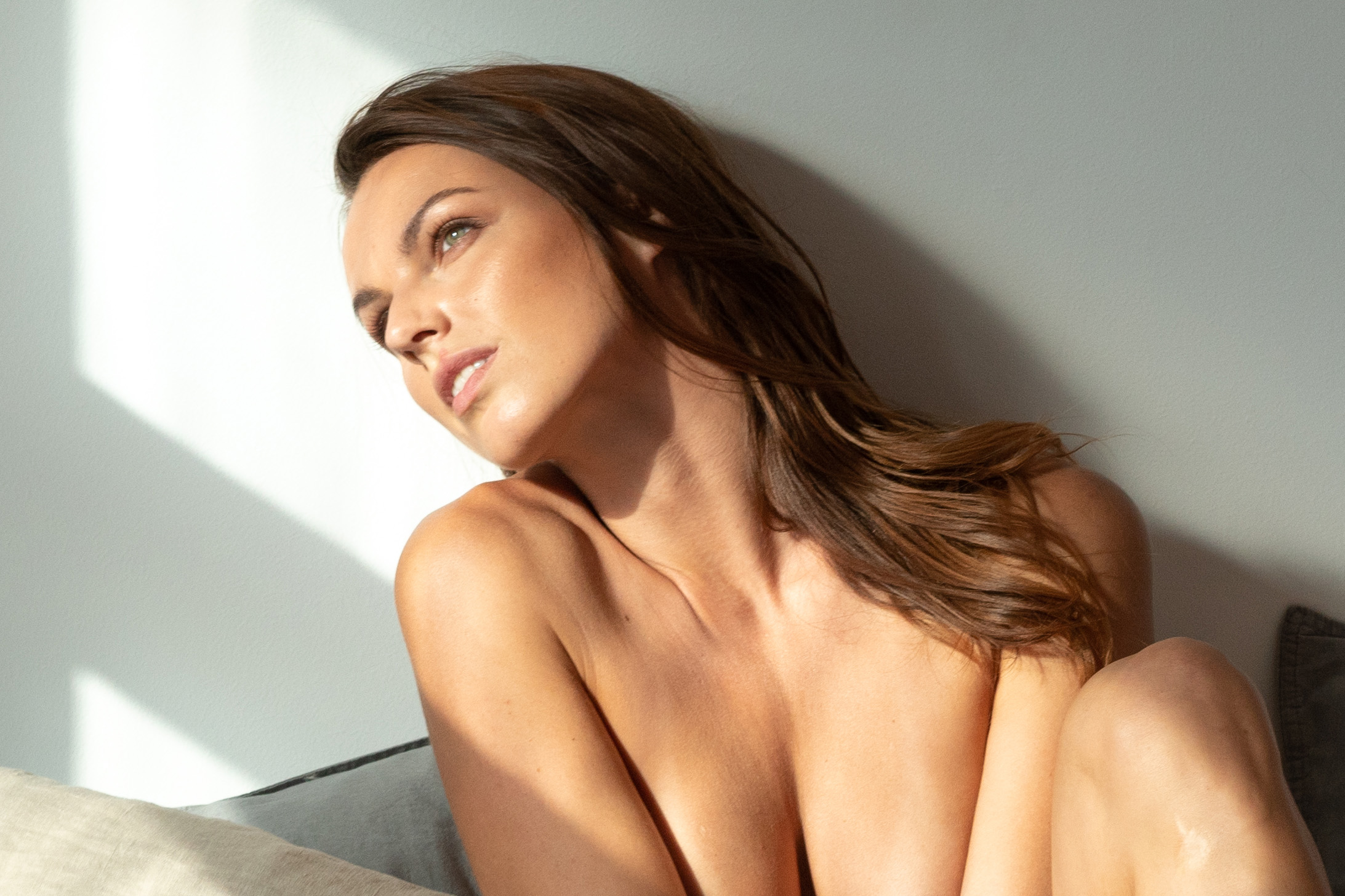The Transformative Psychology of Self-Perception
The power of boudoir photography lies not merely in aesthetics, but in its ability to fundamentally rewire how we perceive ourselves. When individuals step in front of the camera for a boudoir session, they engage in what psychologists recognize as a form of cognitive reframing—a process that challenges deeply ingrained negative beliefs about their bodies and self-worth. Research published in the journal Body Image found that seeing positive, empowering images of oneself significantly improves body image and self-esteem, creating new neural pathways that encourage feelings of self-love and acceptance. By viewing themselves through the compassionate lens of a professional photographer, individuals begin to see their bodies not as collections of flaws to be criticized, but as vessels of strength, beauty, and resilience.
This psychological shift occurs through multiple mechanisms. First, boudoir photography removes the hyper-critical self-gaze that many people bring to mirrors and selfies. Instead of controlling every angle and searching for imperfections, participants allow themselves to be seen—truly seen—by someone trained to capture beauty and authenticity. Second, the experience functions as a form of exposure therapy, gradually desensitizing individuals to the discomfort of being photographed and helping them recognize their inherent beauty. Third, the process promotes embodiment, reconnecting people with their physical forms in a positive, affirming way rather than viewing their bodies as objects of judgment.
The scientific backing is compelling. Studies have demonstrated that engaging in photography can lead to significant boosts in self-confidence, with one poll revealing that 88% of boudoir clients reported higher self-esteem and body image after their sessions. Furthermore, approximately 72% of people who participate in boudoir photography report improved self-image, while 87% experience a significant confidence boost. These statistics reflect more than temporary mood elevation—they represent fundamental shifts in self-perception that persist long after the camera stops clicking.
The Science of Seeing Yourself Differently
The psychological impact of boudoir photography operates on neurochemical levels as well. During a boudoir session, the brain releases dopamine and serotonin, neurotransmitters responsible for mood elevation and well-being. These “feel-good” chemicals are triggered by positive experiences that reinforce self-esteem, creating a neurological reward system that associates self-appreciation with pleasure. The act of being pampered with professional hair and makeup, wearing beautiful lingerie, and being celebrated in a supportive environment activates the brain’s reward center, flooding participants with dopamine. Meanwhile, the serotonin boost that comes from feeling beautiful and celebrated creates lasting feelings of contentment and self-assurance.
This neurochemical response has practical implications. When participants view their boudoir photos, they re-experience these positive feelings, continuously reinforcing their new self-perception. Over time, this repetition trains the brain to default to more positive self-assessments, effectively overriding years of negative self-talk and critical inner dialogue. The images become more than photographs—they serve as tangible evidence that challenges the internalized narratives of unworthiness that many people carry.
Breaking Free from Societal Beauty Standards
Boudoir photography has evolved dramatically from its origins as intimate portraits created primarily for male partners. Today, it stands as a powerful body-positivity empowerment movement that celebrates diverse bodies, ages, genders, and identities. Rather than positioning women’s bodies as objects to be desired or evaluated by others, modern boudoir photography centers the experience on the individual—celebrating their journey, their strength, and their inherent worth.
The empowerment comes from this shift in perspective. When women participate in boudoir photography for themselves rather than as gifts for partners, they take control of their own narratives. They decide how they wish to be seen, what aspects of themselves they want to celebrate, and what stories their images will tell. This autonomy is particularly significant in a culture that constantly seeks to control and shame women’s bodies through unrealistic beauty standards, airbrushed media images, and rigid definitions of attractiveness.
Boudoir photographers have become allies in this movement, deliberately creating inclusive spaces that celebrate all body types, sizes, shapes, ages, and abilities. This inclusive approach directly challenges the narrow beauty standards promoted by mainstream media and fashion industries. By showcasing stretch marks, scars, curves, and imperfections as beautiful and worthy of celebration, boudoir photography contributes to broader cultural shifts toward body acceptance and self-love.
Embracing Diversity and Authentic Beauty
The body positivity movement within boudoir photography emphasizes that beauty exists in infinite forms. Statistics from a national survey conducted by the Body Positive Movement found that 93% of people believe boudoir photography promotes body positivity and inclusivity, fostering more accepting and self-affirming attitudes. This belief translates into practice as photographers work with clients of all backgrounds, celebrating pregnant bodies, post-surgical bodies, aging bodies, disabled bodies, and bodies that have survived trauma.
This celebration of diversity serves a crucial function beyond individual empowerment—it creates ripple effects that benefit entire communities. When people share their boudoir experiences or images, they inspire others to embrace their own bodies and challenge their internalized beauty standards. Each person who steps forward with confidence and vulnerability creates permission for others to do the same, gradually dismantling the harmful narratives that have kept so many people trapped in cycles of self-criticism and shame.
The Healing Power of Vulnerability
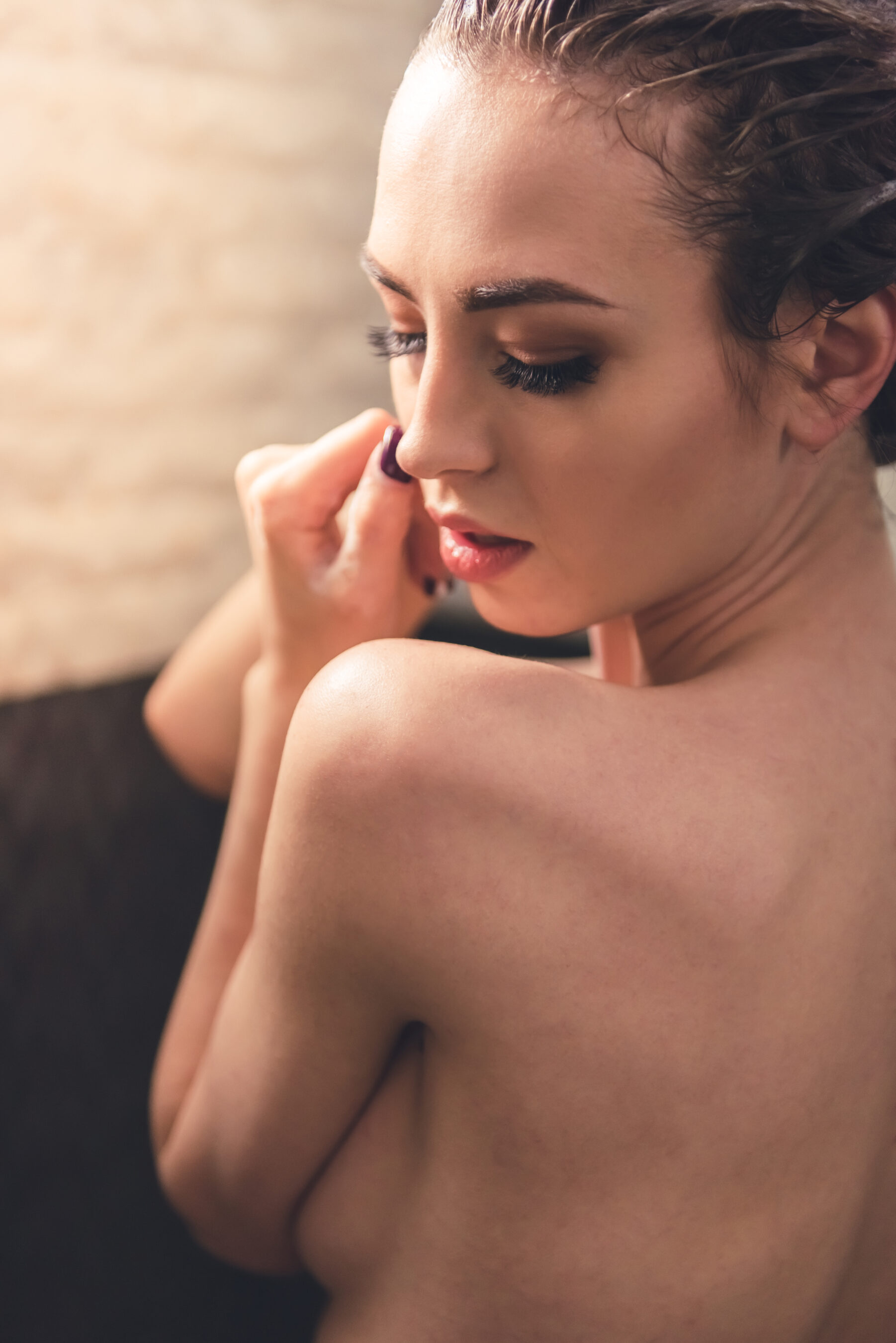
Reclaiming Bodies After Trauma
For many individuals, boudoir photography serves as a powerful tool for healing from physical and emotional trauma. Studies indicate that approximately 35% of Canadian women have experienced sexual assault after the age of 15, and research consistently shows strong links between trauma and poor body image, self-esteem, and feelings of disconnection from one’s physical form. Boudoir photography creates safe spaces for survivors to reconnect with their bodies on their own terms, reclaiming ownership and agency over their physical selves.
The healing process occurs through several mechanisms. First, boudoir photography helps individuals restore the connection with their bodies that trauma often severs. Trauma frequently forces people to mentally escape their physical forms as a protective mechanism, leaving them feeling detached and disconnected. A boudoir session aids in grounding people back in their bodies, helping them embrace the stories of survival and resilience that their physical forms carry. Second, the experience provides an opportunity for positive association—creating new, empowering memories and experiences related to one’s body that can gradually replace negative ones.
The therapeutic nature of boudoir photography for trauma survivors cannot be overstated. As one photographer specializing in empowerment boudoir explains, the sessions create opportunities for clients to see themselves as powerful and confident beings, free from the shame or guilt that trauma often leaves behind. The resulting images become visual affirmations—tangible proof of strength, beauty, and worthiness that survivors can return to during difficult moments. Many trauma survivors describe their boudoir experiences as life-changing, helping them rediscover self-worth and reclaim the parts of themselves they thought were lost forever.
Embracing Vulnerability as Strength
At the heart of boudoir photography lies a paradox: the very vulnerability that makes the experience intimidating is also what makes it transformative. Stepping in front of a camera in intimate clothing, allowing oneself to be seen in such a raw and authentic way, requires immense courage. Yet this act of vulnerability—rather than representing weakness—demonstrates profound strength. It takes bravery to peel back the protective layers people build around themselves and reveal their true selves, imperfections and all.
This vulnerability creates space for genuine connection, both with oneself and with the photographer. When individuals allow their guards to drop and embrace their authentic selves during a session, the resulting photographs capture something far more powerful than posed beauty—they capture truth. These authentic moments become catalysts for transformation, showing participants that they are worthy of celebration not despite their vulnerabilities, but because of their courage in embracing them.
The process of embracing vulnerability during a boudoir session often proves cathartic. Many participants describe feeling a sense of release as they shed the insecurities and self-consciousness they typically carry. In the safe, supportive environment of a boudoir studio, they can process emotions and experiences that they may have kept hidden, using their bodies and poses to express feelings that words cannot capture. This nonverbal emotional expression provides healing opportunities that extend far beyond the photoshoot itself.
Life Beyond the Lens: Lasting Transformation
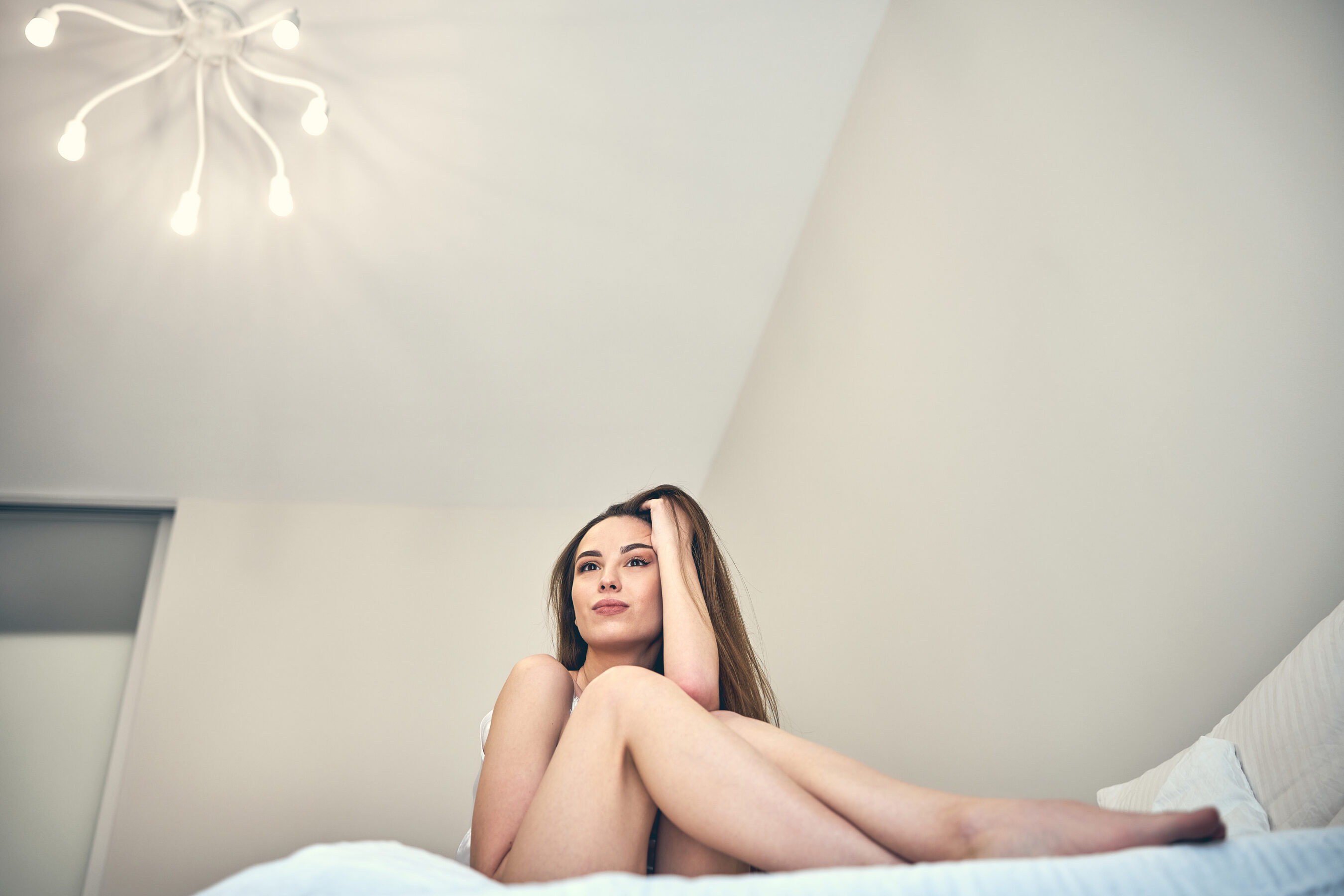
Confidence That Radiates Outward
The transformative effects of boudoir photography extend far beyond the studio walls, influencing multiple dimensions of participants’ lives. Research indicates that nearly 70% of boudoir clients feel more empowered in their daily lives following their sessions. This empowerment manifests in tangible ways—from how people carry themselves physically to how they engage in personal and professional relationships.
Many clients report standing taller, making more direct eye contact, and feeling more comfortable in their own skin after their boudoir experiences. This physical confidence translates into behavioral changes as well. People find themselves more willing to speak up in meetings, set boundaries in relationships, pursue opportunities they previously considered beyond their reach, and generally advocate for themselves with newfound assertiveness. The confidence gained from seeing oneself as beautiful and worthy becomes a foundation for broader self-empowerment that influences career advancement, relationship quality, and overall life satisfaction.
One particularly compelling example comes from a client named Erica, who described how her boudoir experience catalyzed profound life changes. After her session, she gained the confidence to leave a toxic relationship, make healthy life changes, and completely transform her self-perception. As she explained, “The boudoir helped me bloom like the most beautiful rose in the bouquet, and I’m in a new beginning of my life. I’ve never been happier!” Her story illustrates a pattern many boudoir photographers observe—the confidence boost from a single session can create momentum for positive changes across all life domains.
Strengthening Intimate Relationships
The impact of boudoir photography on intimate relationships proves equally significant. A study published in the Journal of Sexual Medicine found that 68% of couples reported improved intimacy and communication after one partner participated in a boudoir photoshoot. While many people initially book boudoir sessions as gifts for romantic partners, they often discover that the primary beneficiary is themselves—and that self-confidence becomes the greatest gift they can bring to their relationships.
This improved relationship dynamic stems from several factors. First, when individuals feel more confident and comfortable in their bodies, they tend to be more present and engaged in intimate moments. Second, the self-assurance gained from boudoir photography helps people communicate their needs and desires more openly, fostering healthier relationship dynamics. Third, partners often respond positively to seeing their loved ones embrace their confidence and sensuality, which can reignite passion and deepen emotional connections.
The relationship benefits extend beyond romantic partnerships as well. Many clients report that their newfound confidence positively affects their relationships with friends, family members, and colleagues. When people learn to appreciate and celebrate themselves, they typically become more open, authentic, and emotionally available in all their relationships. The self-love cultivated through boudoir photography creates a foundation for healthier, more fulfilling connections across all relationship types.
The Journey of Self-Discovery and Acceptance
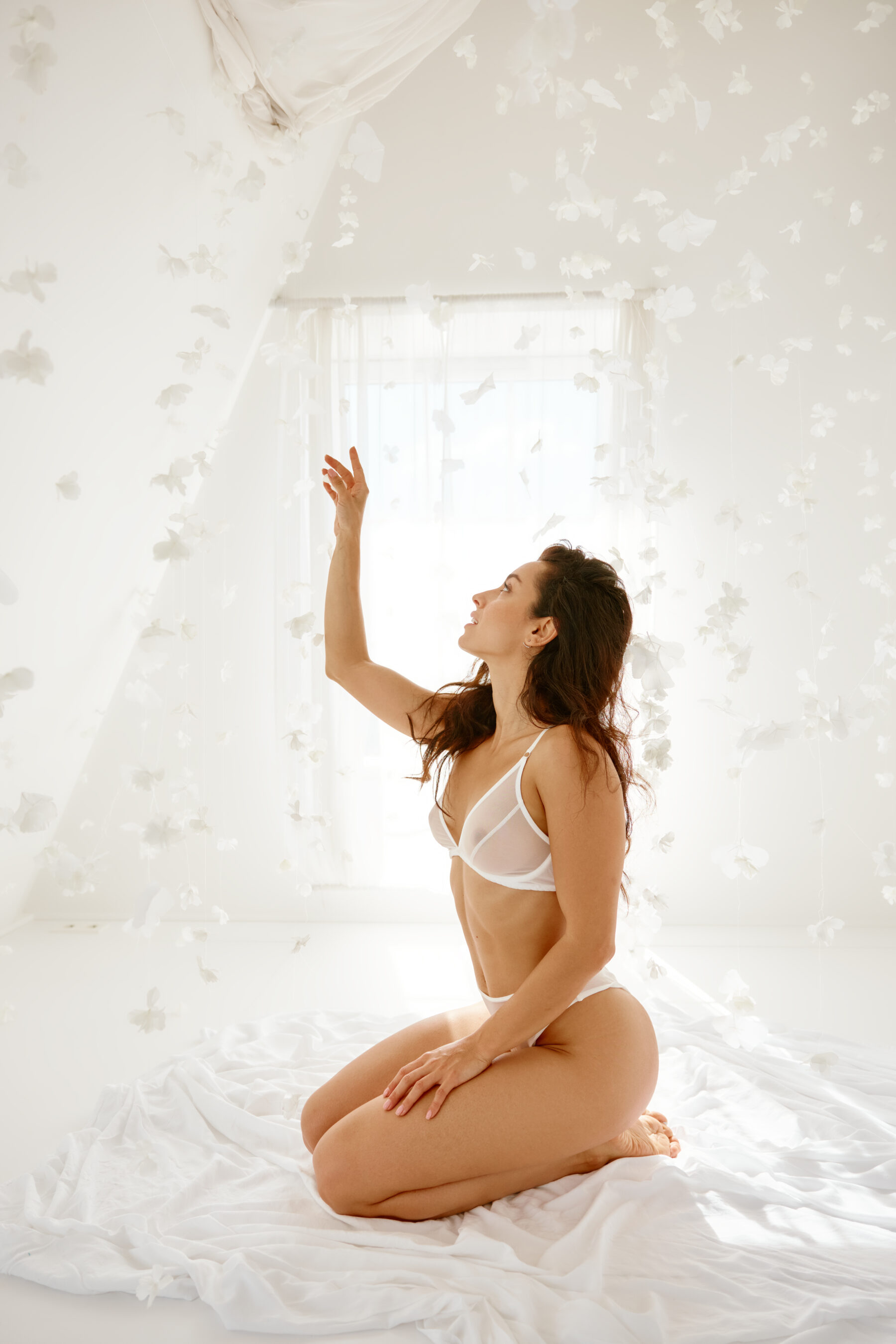
Celebrating Personal Milestones and Transformations
Boudoir photography provides a meaningful way to commemorate significant life transitions and personal milestones. Whether celebrating a milestone birthday, marking recovery from illness, honoring body changes after pregnancy, commemorating weight loss or gain, or celebrating divorce and newfound independence, boudoir sessions create visual markers of personal journeys. These images become more than photographs—they transform into touchstones that remind individuals of their strength, resilience, and capacity for growth.
The practice of annual boudoir sessions has gained popularity among women who view these photoshoots as acts of self-celebration and documentation of their evolving selves. Rather than waiting for the “perfect” body or the “right” time, these women recognize that every stage of life holds its own beauty and deserves commemoration. This approach reflects a profound shift in perspective—from viewing bodies as projects requiring improvement to celebrating bodies as living archives of experience and survival.
One photographer who practices annual self-portraiture describes how the ritual transformed her relationship with her body over six years. Initially uncomfortable and insecure, she gradually learned to embrace her so-called flaws and appreciate the unique qualities that make her who she is. Each annual portrait documented her journey toward self-acceptance, creating a visual narrative of personal growth that she can look back on with pride. Her experience mirrors what many boudoir clients discover—that the greatest transformation isn’t physical, but perceptual.
From Self-Doubt to Self-Discovery
The journey from booking a boudoir session to viewing the final images typically involves confronting deeply held insecurities and fears. Most clients arrive at their sessions carrying doubts about their worthiness, attractiveness, or ability to look beautiful in photographs. These doubts often stem from years of negative self-talk, comparison to unrealistic media images, and internalized messages about how bodies “should” look.
The transformation begins the moment individuals commit to their sessions—making the decision itself represents an act of self-prioritization and courage. As the session unfolds, guided by supportive photographers who create safe, judgment-free environments, clients often experience palpable shifts in their energy and confidence. What begins as nervousness gradually evolves into empowerment as people realize they can embody beauty, sensuality, and strength in ways they never imagined possible.
The revelation moment typically occurs during the image reveal. Clients often express shock and disbelief when viewing their photographs, struggling to recognize themselves because the images contradict their negative self-perceptions so dramatically. Comments like “I can’t believe that’s me!” and “I’ve never seen myself look so beautiful!” reflect the cognitive dissonance between their internalized self-image and the objective beauty captured by the camera. This dissonance creates opportunities for profound shifts in self-perception, as the photographic evidence challenges and ultimately dismantles limiting beliefs about their worth and attractiveness.
Creating Safe Spaces for Empowerment
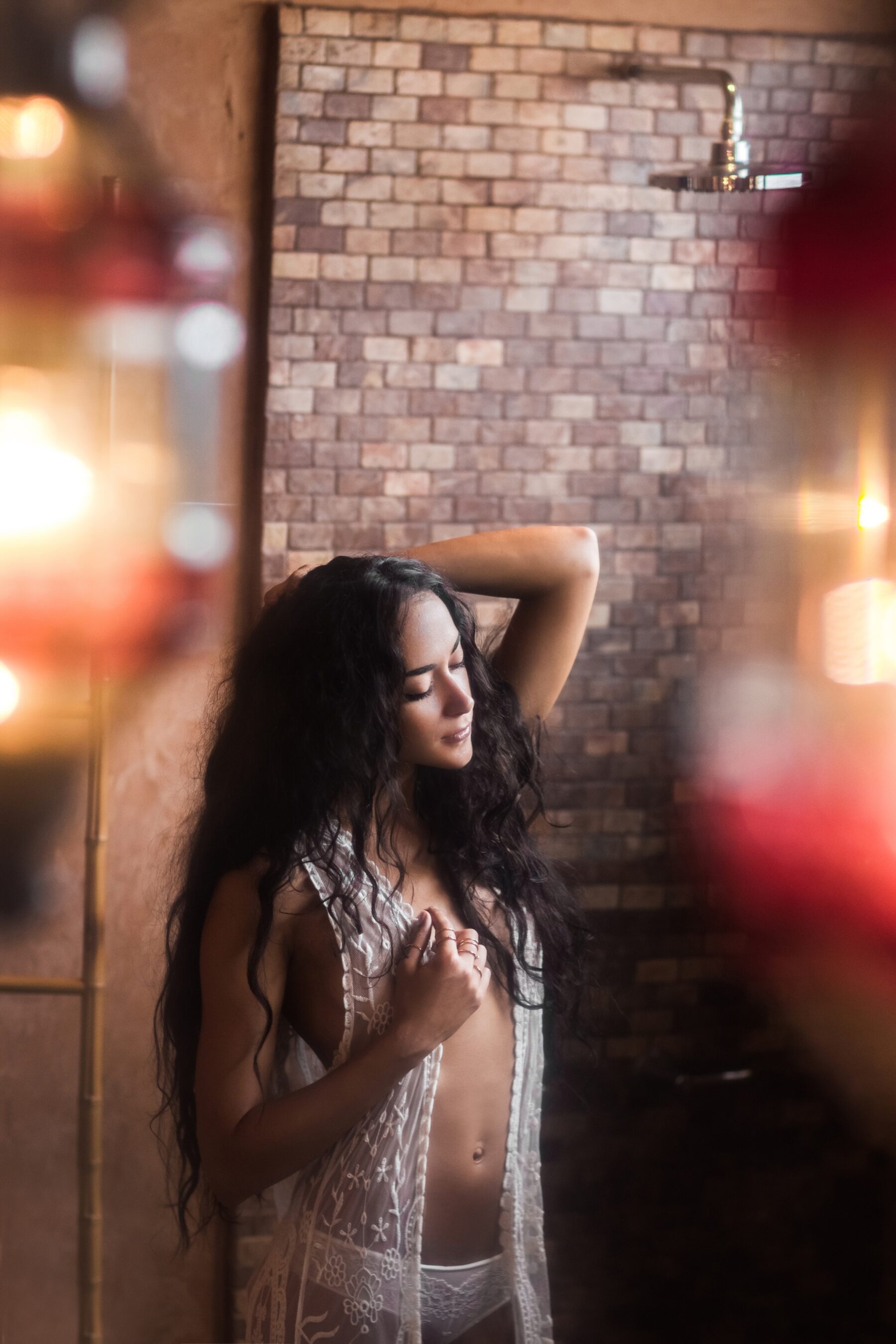
The Role of Photographers as Allies
The success of boudoir photography as an empowerment tool depends heavily on photographers who understand their role extends beyond technical skill to emotional support and advocacy. The best boudoir photographers create environments where clients feel safe, respected, celebrated, and empowered throughout the entire process. This includes taking time to understand each client’s unique story, goals, and concerns during pre-session consultations, clearly communicating expectations and respecting boundaries, and providing constant encouragement and validation during shoots.
Professional boudoir photographers recognize that many clients approach sessions with significant anxiety and vulnerability. They respond with patience, compassion, and expertise in posing and directing that helps clients feel confident even when they’re uncertain. The relationship between photographer and client often evolves into a collaborative partnership, with photographers serving as mirrors that reflect back the beauty and strength that clients struggle to see in themselves.
Privacy and discretion form essential components of this safe space. Reputable boudoir photographers implement strict protocols for image storage, sharing, and usage, ensuring that clients maintain complete control over their photographs. All images are stored securely and shared only with explicit consent, protecting the intimate nature of the experience. This commitment to confidentiality allows clients to be vulnerable without fear of exposure or judgment, creating the psychological safety necessary for genuine transformation.
Practical Preparation and Self-Care
Preparing for a boudoir session involves both practical and emotional preparation. Photographers typically recommend several strategies to maximize the experience: choosing outfits that make you feel comfortable and confident rather than conforming to external expectations, communicating openly about goals, concerns, and boundaries throughout the process, engaging in self-care practices leading up to the session including adequate rest, hydration, and activities that promote relaxation, and practicing positive self-talk and affirmations to counter negative thoughts.
The pre-session preparation period itself can become part of the transformative journey. Many clients describe the process of selecting lingerie, planning outfits, and imagining their sessions as exciting acts of self-prioritization. For individuals who typically focus their energy on caring for others—partners, children, aging parents, employers—the act of investing time, money, and attention in themselves represents a radical form of self-care. This preparation period allows clients to reconnect with aspects of themselves that may have been neglected or forgotten amid life’s demands.
Body Neutrality and Body Positivity: Different Paths to Acceptance
While boudoir photography is often associated with body positivity—the movement encouraging people to love and celebrate their bodies—it also aligns with principles of body neutrality, a complementary approach that focuses on accepting bodies without tying self-worth to physical appearance. Body positivity encourages active love and celebration of bodies at every size and stage, rejecting unrealistic beauty standards and embracing self-love and pride in one’s physical form. Body neutrality, by contrast, advocates for detaching from appearance-based judgments entirely, recognizing bodies as vessels that carry us through life rather than as definitions of our worth.
Boudoir photography bridges these approaches by offering pathways to both perspectives. For some participants, the experience cultivates genuine love and appreciation for their bodies, helping them see beauty where they previously saw only flaws—this aligns with body positivity principles. For others, boudoir photography facilitates acceptance without requiring love—participants come to view their bodies more neutrally, appreciating what their bodies do rather than how they look—this embodies body neutrality. Both paths lead toward healthier relationships with one’s physical self, and boudoir photography accommodates whichever journey feels most authentic to each individual.
This flexibility makes boudoir photography accessible to people at various stages of their body image journeys. Not everyone needs to feel overwhelmingly positive about their bodies to benefit from a boudoir session. Sometimes, simple acceptance—moving from active dislike to neutral acknowledgment—represents significant progress. Boudoir photography meets people where they are, providing opportunities for growth without imposing expectations about how they should feel about their bodies.
The Ripple Effect of Empowerment
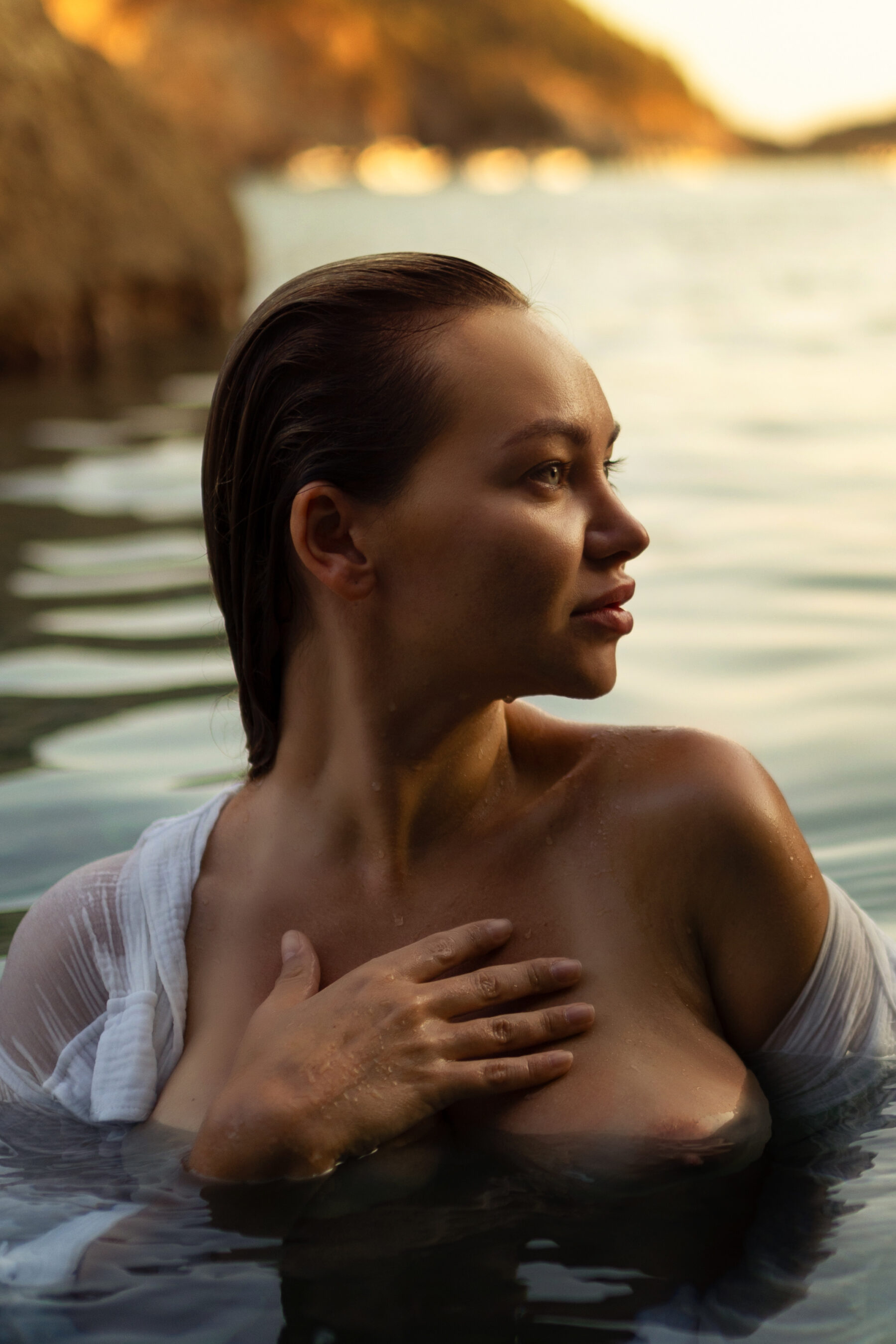
Inspiring Others Through Vulnerability
When individuals share their boudoir experiences—whether through photographs, written testimonials, or personal conversations—they create ripples of empowerment that extend far beyond themselves. Each person who courageously embraces vulnerability and celebrates their body gives others permission to do the same. This ripple effect contributes to gradually shifting cultural narratives around beauty, worthiness, and body image.
Social media has amplified this effect, with body-positive boudoir photography creating online communities where people of all shapes, sizes, ages, and backgrounds celebrate their bodies publicly. These digital spaces challenge the carefully curated, heavily filtered images that dominate social media platforms, offering more authentic representations of beauty and femininity. When women see others who look like them—with similar body types, stretch marks, or scars—being celebrated and embraced, it fundamentally alters their understanding of what’s possible for themselves.
The impact extends to future generations as well. Many mothers participate in boudoir photography partly to model body confidence for their daughters, demonstrating that women deserve to feel beautiful, celebrated, and worthy throughout their lives. This intergenerational transmission of body positivity and self-acceptance has the potential to break cycles of body shame and negative self-talk that have been passed down through families for generations.
A Movement Toward Collective Healing
The evolution of boudoir photography from niche genre to empowerment movement reflects broader cultural shifts toward self-care, mental health awareness, and body acceptance. As more people recognize the connections between body image, self-esteem, and overall well-being, practices like boudoir photography that address these issues holistically gain recognition and legitimacy.
Research supports this holistic approach. Studies have found that improving body image and self-esteem through practices like boudoir photography can positively affect mental health, relationship quality, career success, and physical health behaviors. When people feel good about themselves, they’re more likely to engage in self-care practices, maintain healthy boundaries, pursue their goals with confidence, and cultivate fulfilling relationships. The confidence cultivated through boudoir photography thus becomes a foundation for broader wellness and life satisfaction.
The therapeutic potential of boudoir photography has led some mental health professionals to recognize it as a complementary tool for addressing body image issues, low self-esteem, and trauma recovery. While not a replacement for professional therapy, boudoir photography can serve as a valuable component of healing journeys, providing experiential opportunities to challenge negative beliefs, practice self-compassion, and celebrate one’s inherent worth.
The Transformative Experience: What to Expect
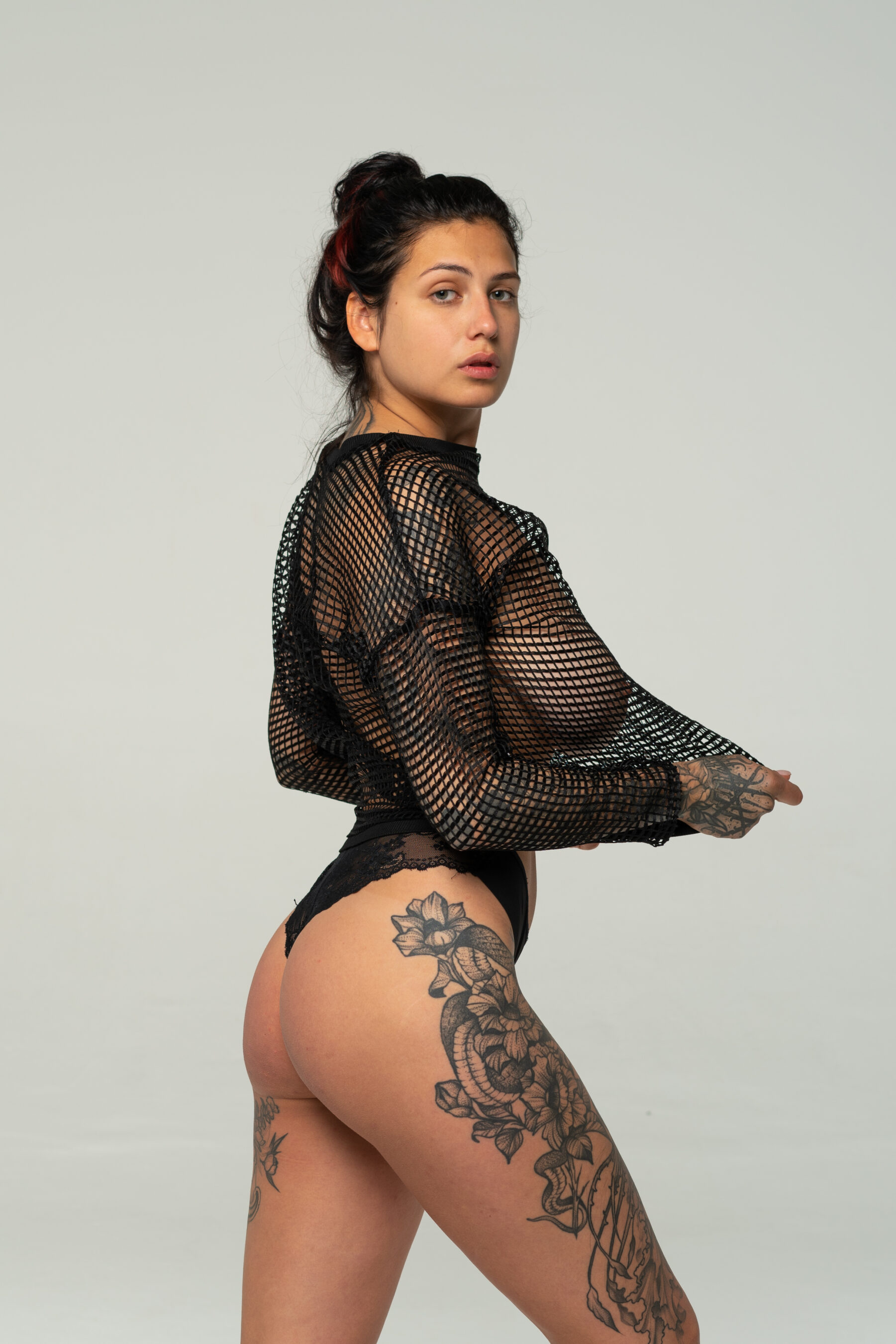
The Evolution of a Session
Understanding what happens during a boudoir session helps demystify the experience and reduce anxiety for those considering booking one. Most sessions follow a similar progression that facilitates the transformative process. Pre-session consultations allow photographers and clients to establish rapport, discuss goals and concerns, plan outfits and aesthetics, and set clear expectations about the experience. On the session day, professional hair and makeup services help clients feel pampered and camera-ready, creating an immediate confidence boost before shooting even begins.
During the photoshoot itself, photographers provide continuous guidance on posing, expression, and movement, eliminating the pressure of knowing what to do. Most clients describe an evolution during their sessions—beginning with nervousness that gradually transforms into confidence and enjoyment as they relax into the experience. Photographers often show clients images throughout the session, allowing them to see themselves through the camera’s lens in real-time, which accelerates the confidence-building process.
The image reveal—when clients view their final edited photographs—typically represents the most emotionally impactful moment of the entire experience. This is when the transformation becomes undeniable, as clients see themselves portrayed in ways that challenge their negative self-perceptions and reveal beauty they didn’t know existed. The resulting images serve as permanent reminders of this transformative experience, visual affirmations that clients can return to whenever they need to reconnect with their confidence and self-worth.
Long-Term Impact and Integration
The effects of boudoir photography don’t end when the session concludes—for many people, the experience marks the beginning of ongoing transformation. Clients report that the confidence boost from their sessions influences their daily lives for months and even years afterward. The photographs themselves become tools for maintaining this confidence, visual touchstones that remind viewers of their beauty, strength, and worthiness during difficult moments.
Many photographers report that clients who initially booked sessions with trepidation return for additional shoots, having discovered the value of regular self-celebration. Some establish annual traditions, using boudoir photography as a ritual for marking personal growth and honoring their evolving selves. Others become advocates for boudoir photography, encouraging friends and family members to experience the transformation for themselves.
The integration of confidence gained through boudoir photography into daily life occurs through multiple pathways. Some people display their boudoir photographs prominently in their homes as daily reminders of their beauty and worth. Others keep images private but return to them during moments of self-doubt, using the photographs as evidence against negative self-talk. Still others find that the confidence boost manifests in subtler ways—standing taller, speaking more assertively, pursuing opportunities with less self-doubt, and generally moving through the world with greater self-assurance
Conclusion: Embracing Your Power
Boudoir photography represents far more than an opportunity for beautiful images—it offers a pathway to profound personal transformation that challenges negative self-perceptions, heals emotional wounds, and cultivates lasting confidence that radiates throughout every aspect of life. Through the act of allowing oneself to be seen, celebrated, and photographed in vulnerable moments, participants discover strengths they didn’t know they possessed and beauty they couldn’t previously recognize.
The power of boudoir photography lies in its ability to create tangible evidence that contradicts the negative narratives many people carry about their bodies and their worth. When individuals see themselves through the compassionate lens of skilled photographers, they gain new perspectives that challenge years of self-criticism and societal conditioning. The resulting images become more than photographs—they transform into visual affirmations of inherent beauty, strength, and worthiness that participants can return to throughout their lives.
For anyone considering a boudoir session, the message from thousands of empowered participants is clear: you don’t need to wait until you achieve some idealized version of yourself to deserve celebration. Your body, exactly as it is today, tells a story of survival, resilience, and strength that deserves to be honored and remembered. The confidence that emerges from embracing this truth extends far beyond the camera, influencing relationships, careers, personal goals, and overall quality of life in profound and lasting ways.
Boudoir photography ultimately teaches a fundamental lesson: confidence doesn’t come from changing your body to meet external standards—it comes from changing your perspective to recognize the beauty that already exists within you. This shift in perception represents true empowerment, creating foundations for self-love, acceptance, and confidence that extend far beyond the camera lens into every corner of your life. In embracing vulnerability, celebrating authenticity, and honoring your unique journey, you discover power you always possessed but perhaps never fully recognized—the power to see yourself as you truly are: beautiful, worthy, and enough.
